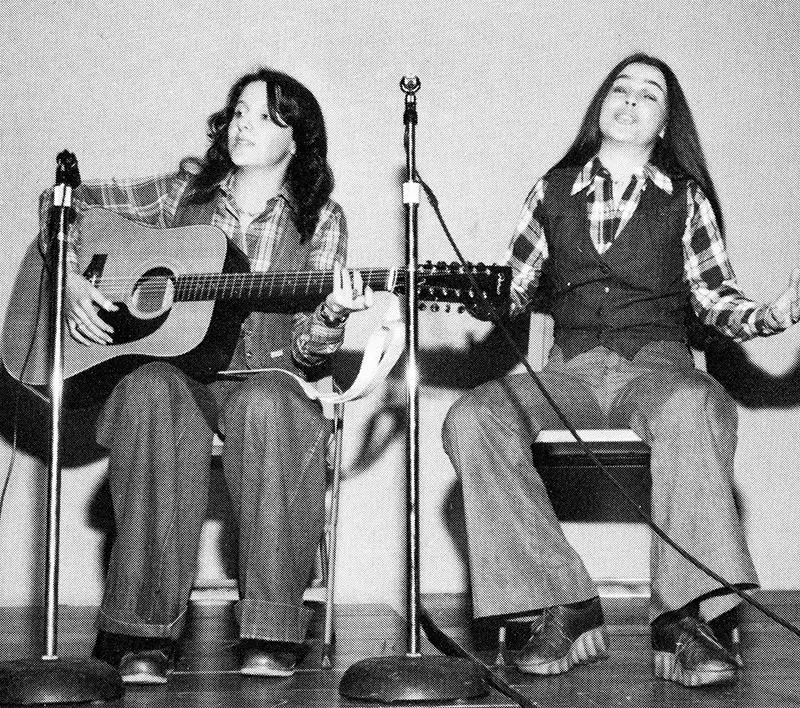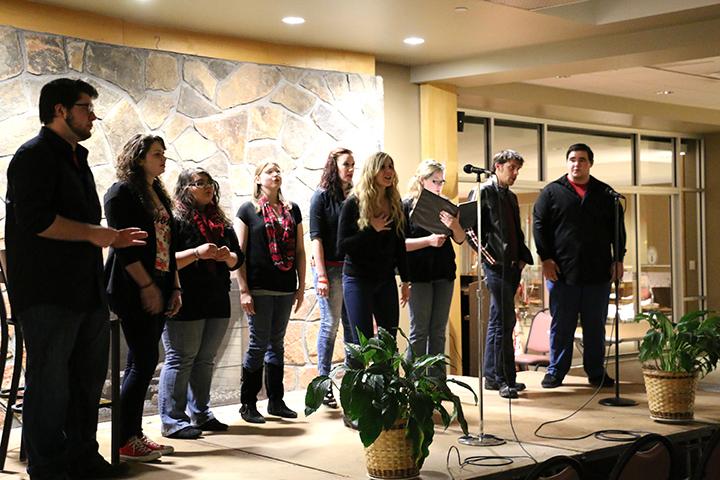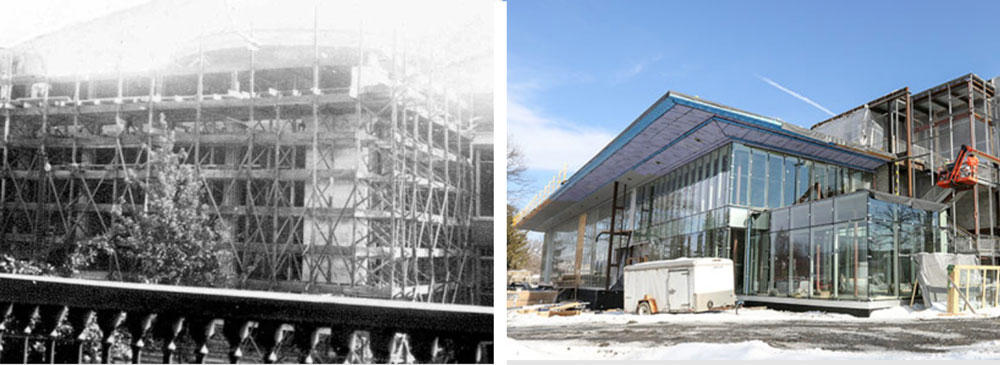
Marywood University’s growth as an institution is mirrored in its building projects. Founded in 1915, for the first decade it was housed in the Seminary wing of the IHM Motherhouse. The first building project was what is now known as the Liberal Arts Center. Ground was broken in 1922, the building dedicated in 1924, and its historic Rotunda decorated in 1937. The building housed academic facilities and, at various times, a library, an art gallery, a cafeteria, a reading clinic, a language laboratory, a photography darkroom, a coffee shop, a bookstore, a theater, an assembly hall, a student lounge, offices, laboratories and a gymnasium.
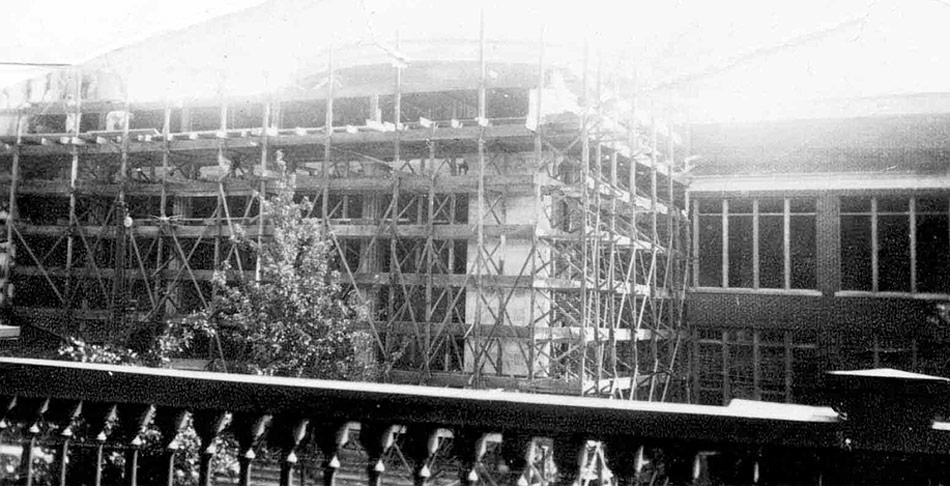
Construction of the Liberal Arts Building, circa 1923
In 1926, a pre-existing building, the Carriage House, was converted into a two-story Science Center and ground was broken for a O'Reilly Hall (now Regina Hall), a student residence. In 1941, McCarty Hall was built as a management house as required for ongoing accreditation of the Home Economics Department.

In 1950, ground was broken for four buildings: Alumnae Hall (now Immaculata Hall) – a student residence, Good Counsel Science Hall (now the Center for Natural and Health Sciences), Rosary Field House – for Physical Education (later expanded and refurbished for the Visual Arts and Architecture programs), and Assumption Hall (now the Sette LaVerghetta Center for Performing Arts).
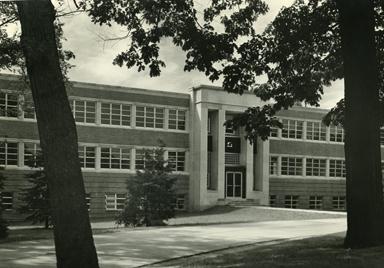
In 1963-1964, Marywood built Madonna Hall (a student residence), Emmanuel Hall (a faculty residence) and Nazareth Hall (a student union). In 1965, plans were announced for a 10-year plan that included the building of a new Library, the Psych-Educational Clinic building (now McGowan Center for Graduate and Professional Studies), the addition of laboratories to the existing Science building and a power and maintenance plant. At this time Marywood acquired Bethany Hall to use as a faculty residence (now the Veterans Resource Center).
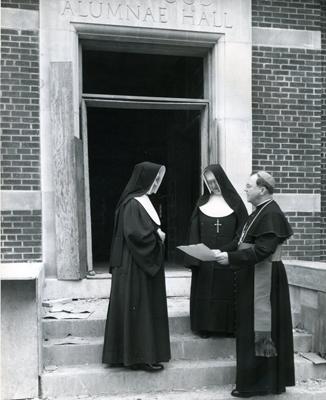
In 1975, the Memorial Commons was dedicated to commemorate the IHM Motherhouse that was destroyed by fire in 1971 and where Marywood University first began. In 1978 the Woodland Apartments were dedicated to provide a housing alternative to undergraduate students.
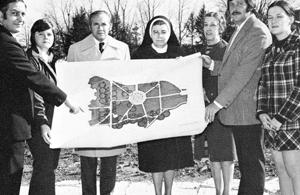
In 1981 the Psych-Educational Clinic building was expanded and renamed the Human Services Center. In 1982 the Post Office was expanded to include a print shop and a mailing center. In 1984 Rosary Field House is renovated and renamed the Health and Physical Education Center and the building expanded to house the Visual Arts Center (now Shields Center for Visual Arts), including academic space and the Suraci and Contemporary Galleries.

In 2001, the Insalaco Center for Studio Arts was dedicated. It contains 80,000 square feet of gallery space, naturally-lit drawing and painting studios, dark rooms, printmaking, woodworking, jewelry-making and ceramics studios, computer labs, and classrooms. The Woodland Apartments were expanded and renovated into a single complex of twenty-two townhouse-style units and renamed Woodland Townhouse Apartments.
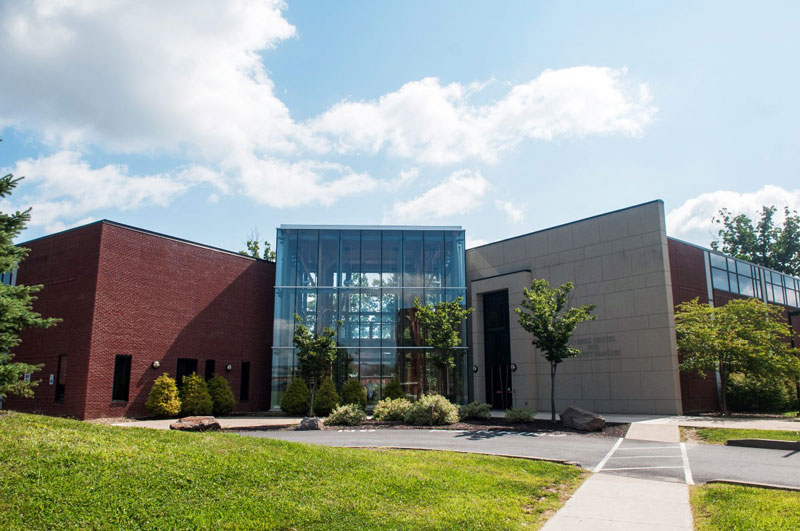
In 2002, the Keith O’Neill Center for Healthy Families is dedicated. It provides academic facilities for the Nursing, Nursing Administration, Athletic Training, Nutrition and Dietetics, and Physician Assistant programs. Also included is the Human Performance Lab (now housed in the Center for Athletics and Wellness and renamed the Human Physiology Lab), a state-of-the-art facility designed to serve the needs of student, professional, amateur and recreational athletes and the community.
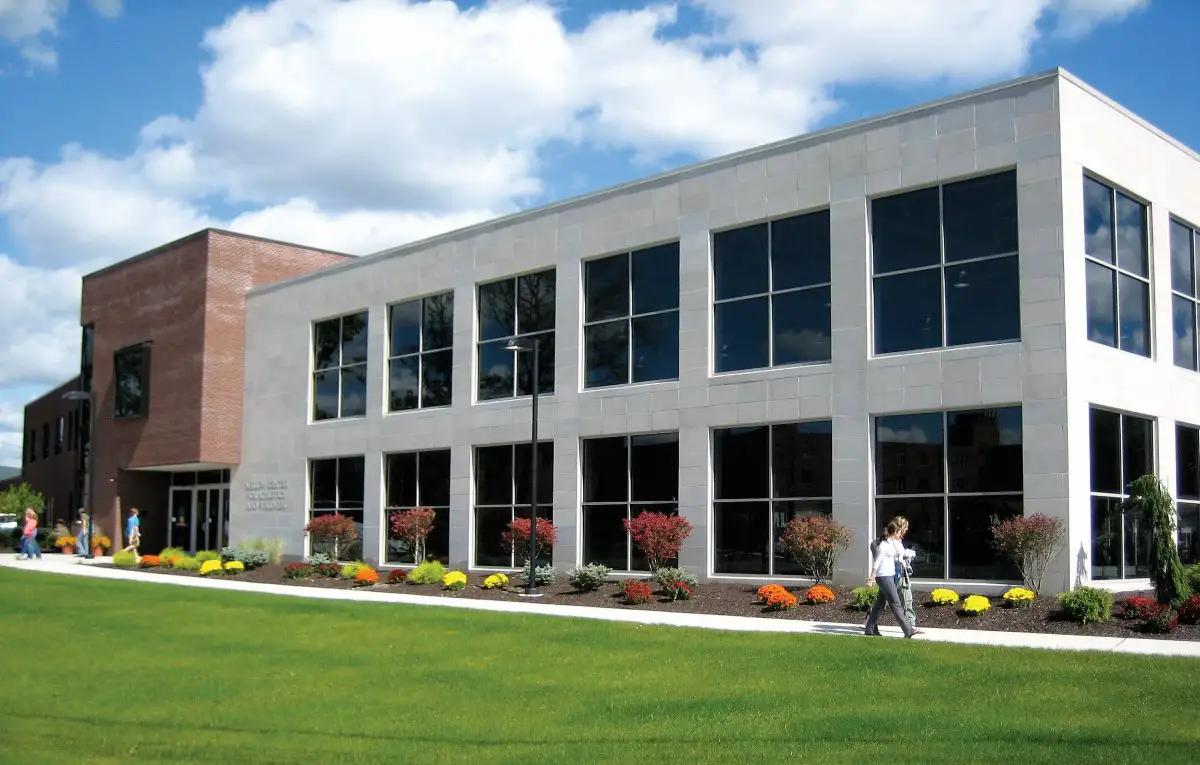
In 2006, Marywood acquired the Marian Convent property from the Sisters of IHM and renovated it to provide a residence hall and facility for Student Health Services (Loughran Hall). The building also houses the Swartz Center which includes the University Chapel, Campus Ministry and Collegiate Volunteers offices and a Conference Center. The Center for Athletic and Wellness was dedicated. It houses a 2,500 seat arena, jogging track, fitness center, climbing wall and dance studio. In 2011, the Aquatic Center was added.

In 2009, Marywood welcomed the first class into the School of Architecture. The School is housed in a spacious adaptation of Marywood former Rosary Field House. The building a variety of green components, including a vegetative roof and an innovative heating and cooling system that utilizes geothermal energy from abandoned mine shafts beneath campus.
Now, in the spring of 2015 the new Learning Commons is nearing completion, opening in September. With the Learning Commons, the library takes on a new form—a 21st Century library that focuses on actively empowering the learner. It is a scholars’ gathering place, where students from all disciplines converge, collaborate, and expand their horizons ever further.
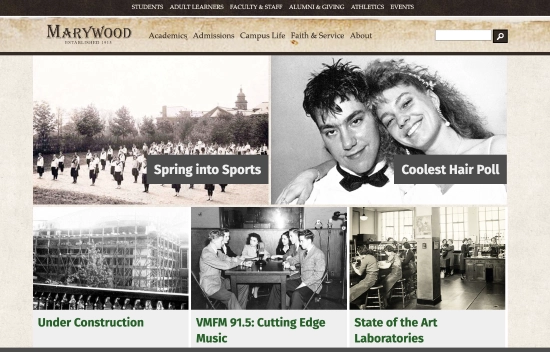
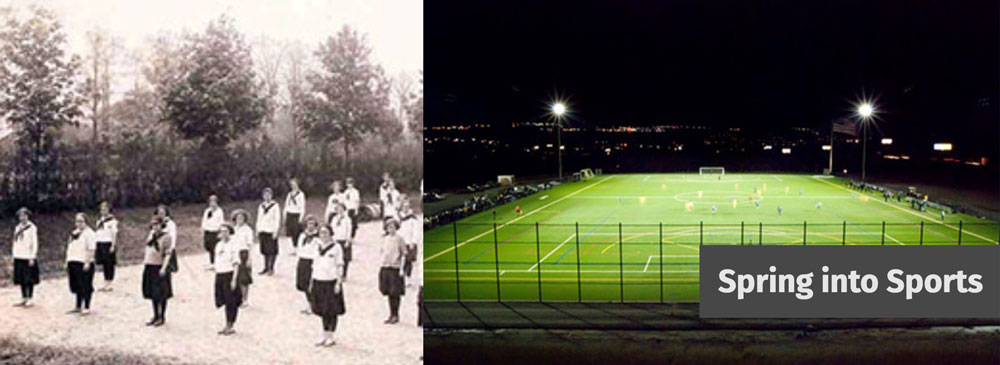
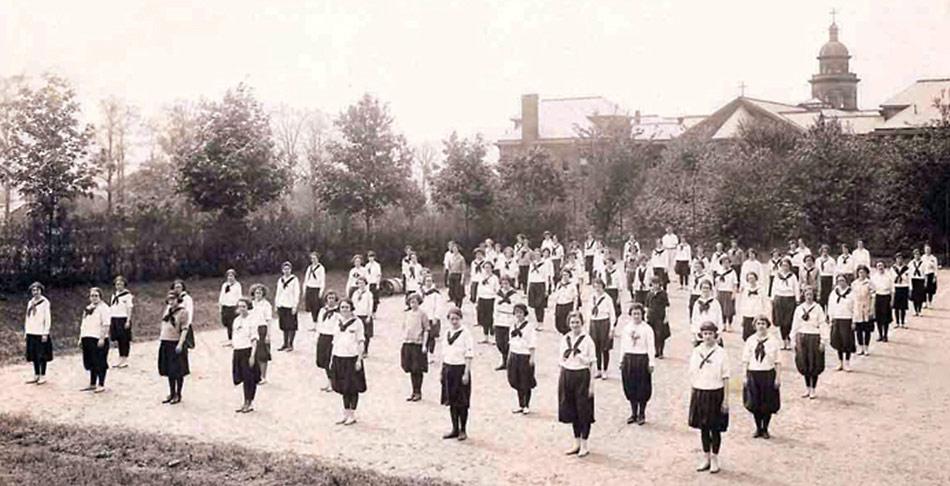
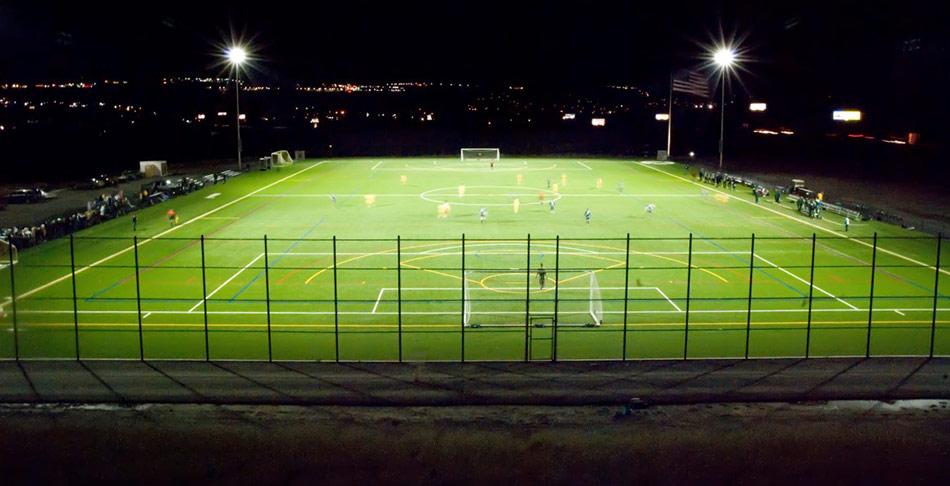
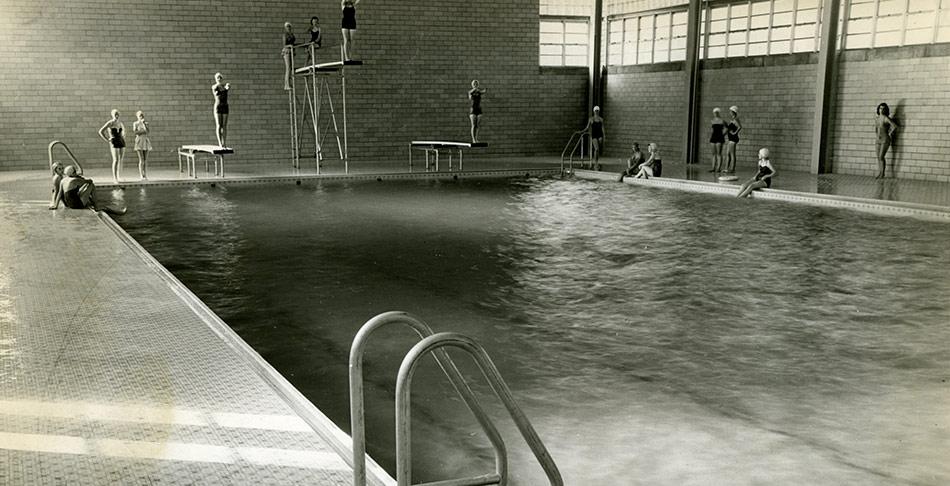
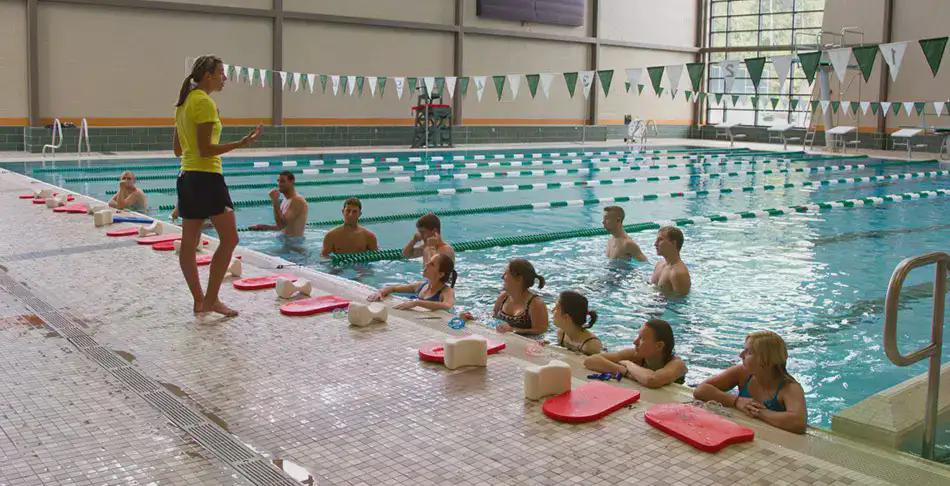











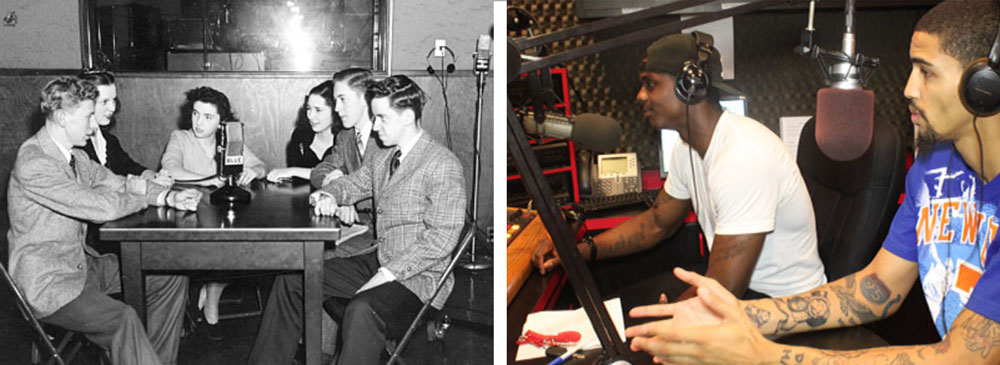



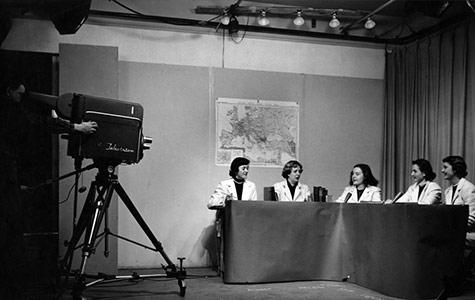
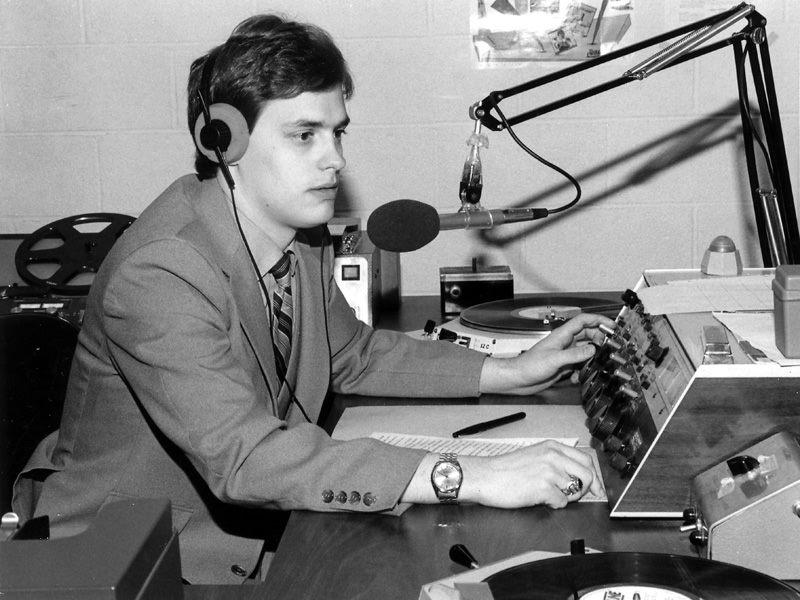



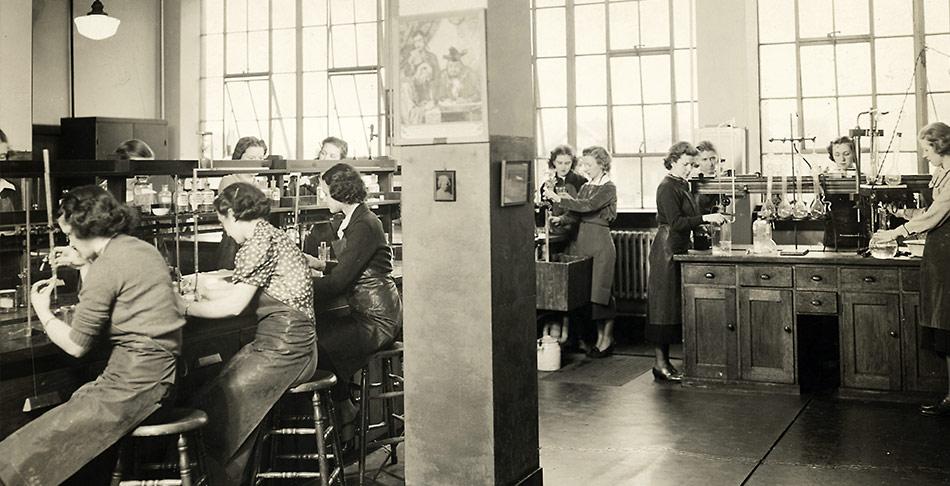
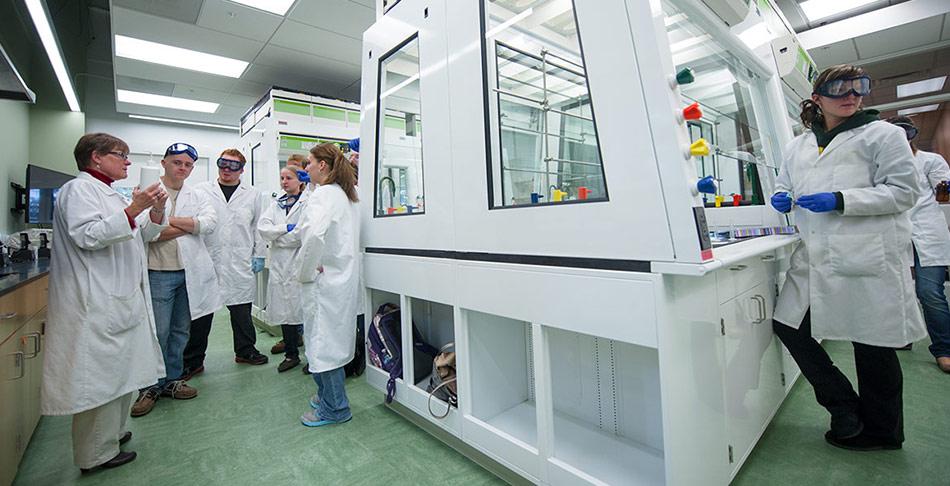

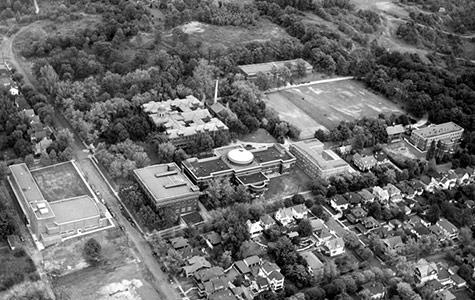
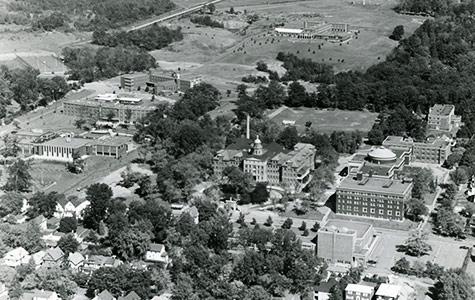

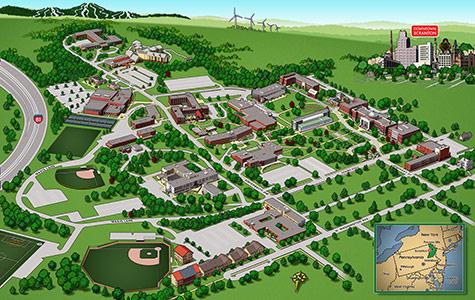
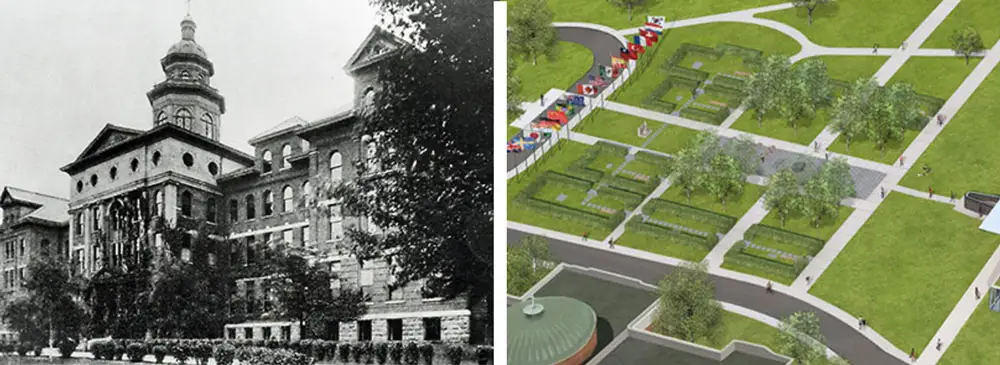

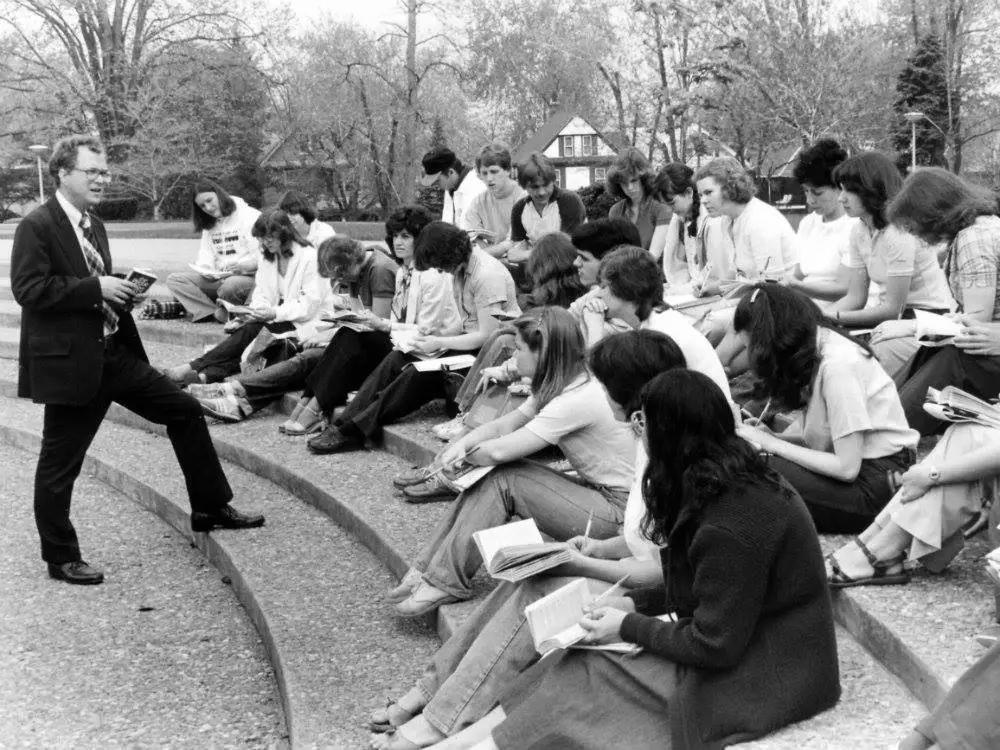

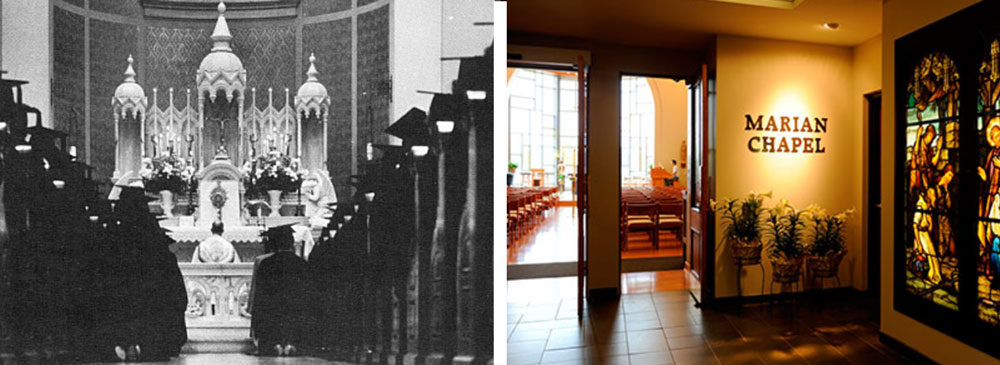

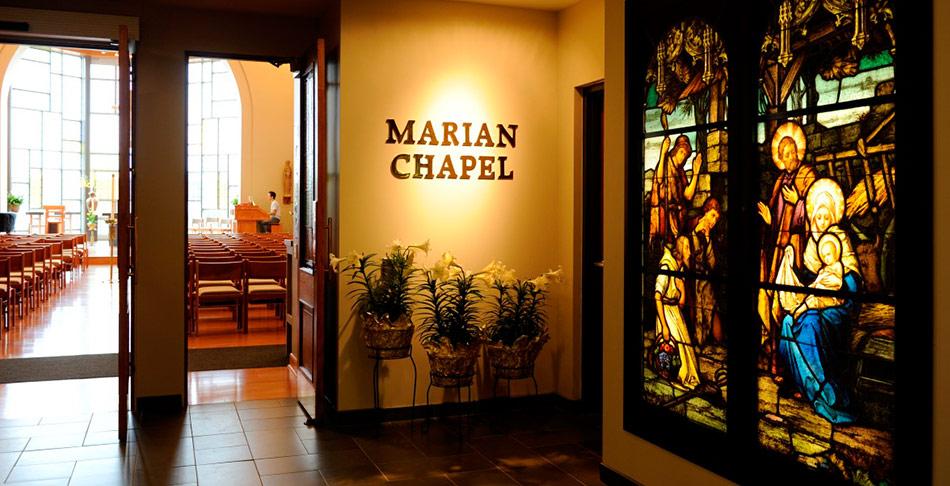
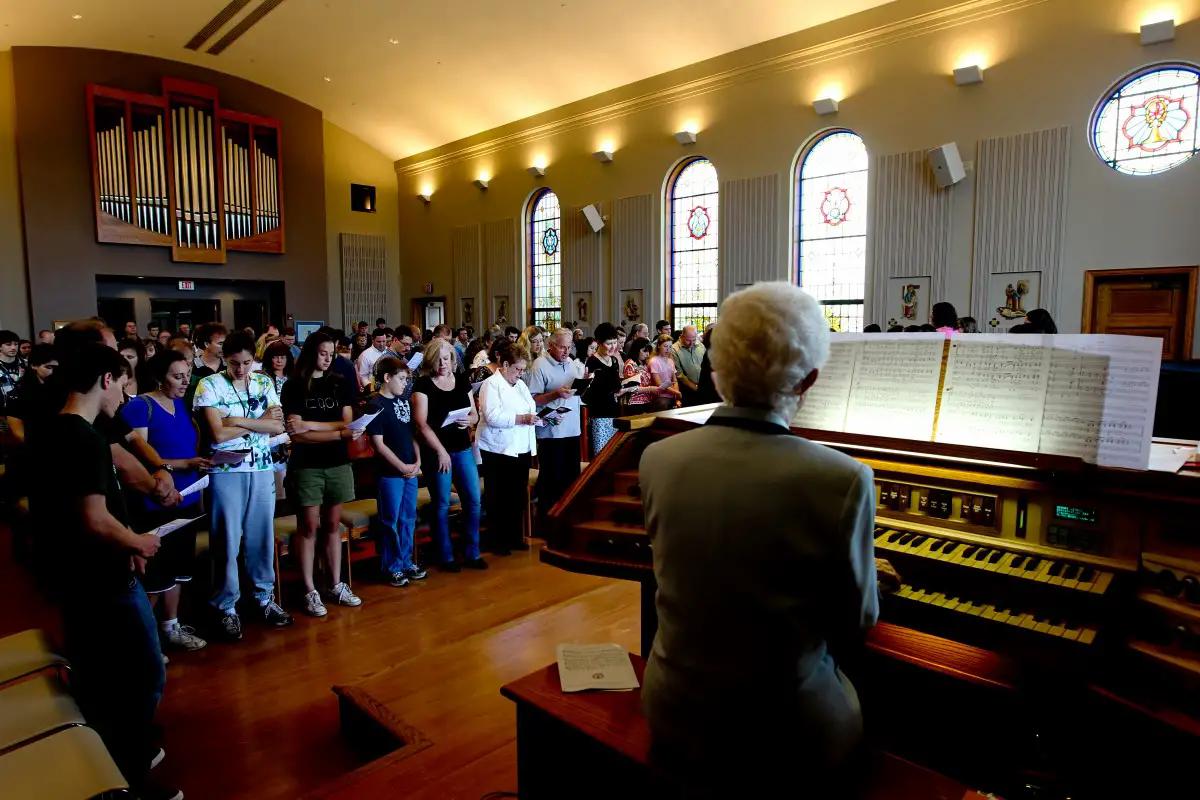



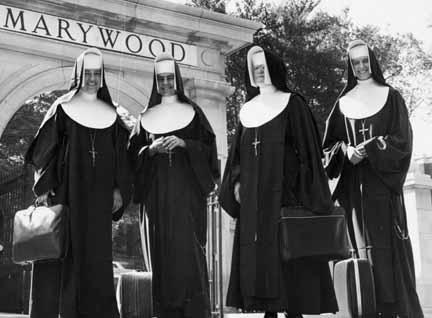



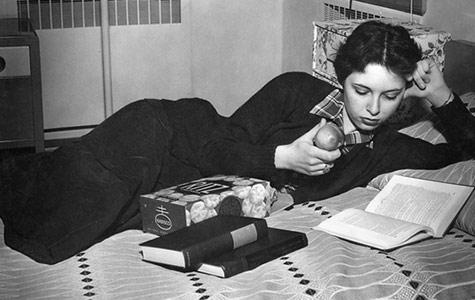
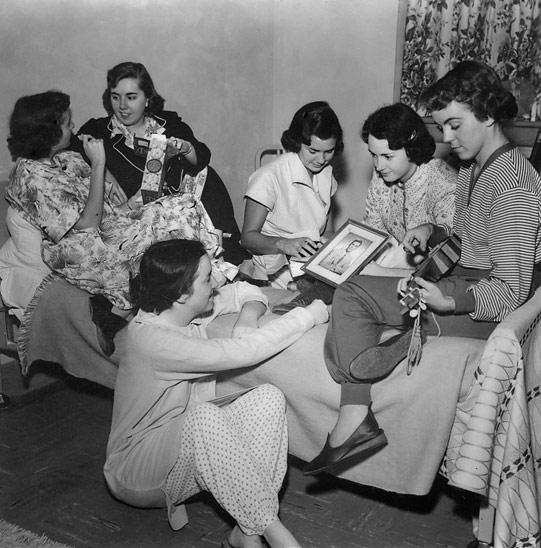
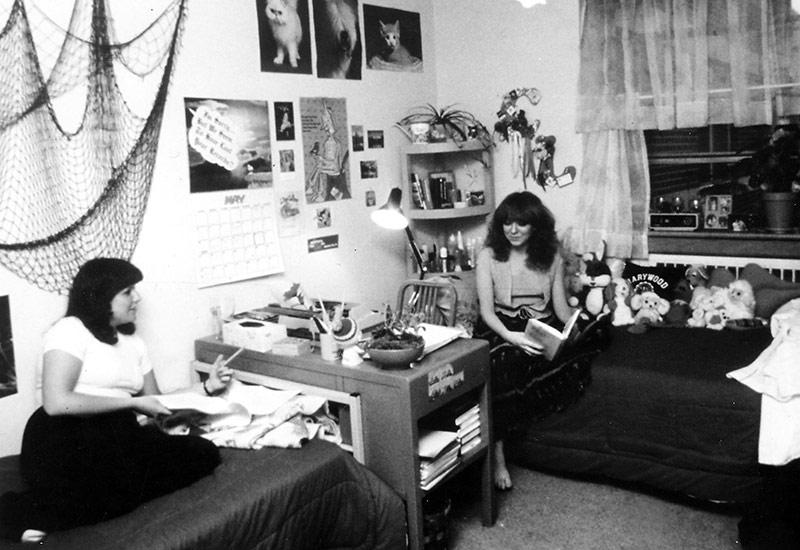
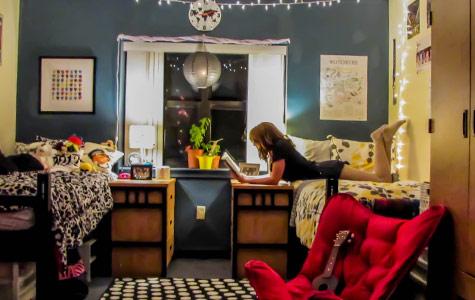
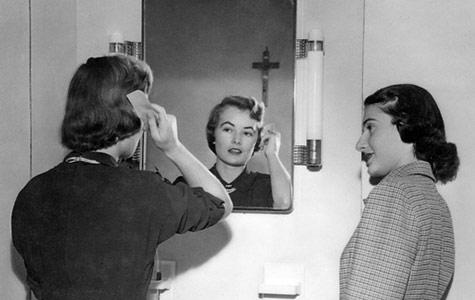
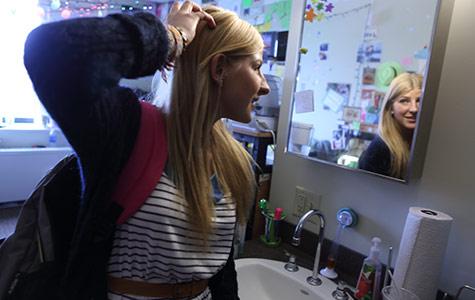

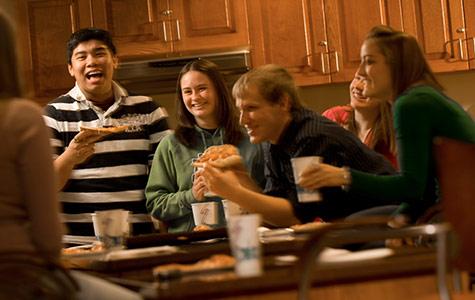
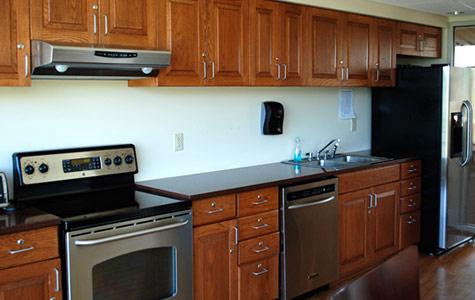

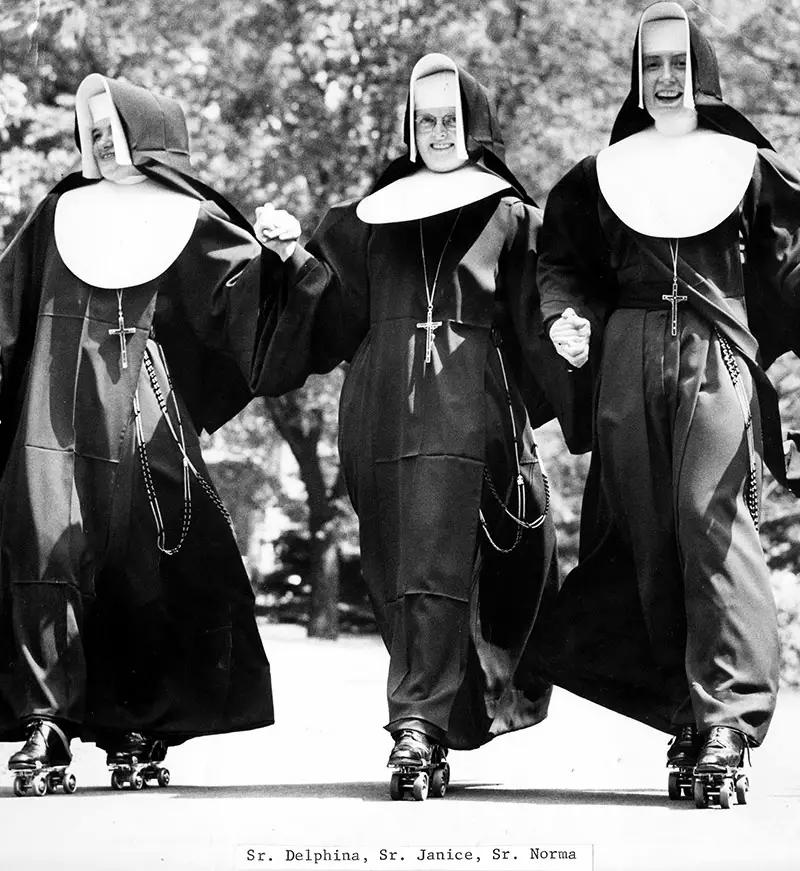
 Student Activities Crew (SAC) event on campus in January: 50's Roller Rink.
Student Activities Crew (SAC) event on campus in January: 50's Roller Rink.